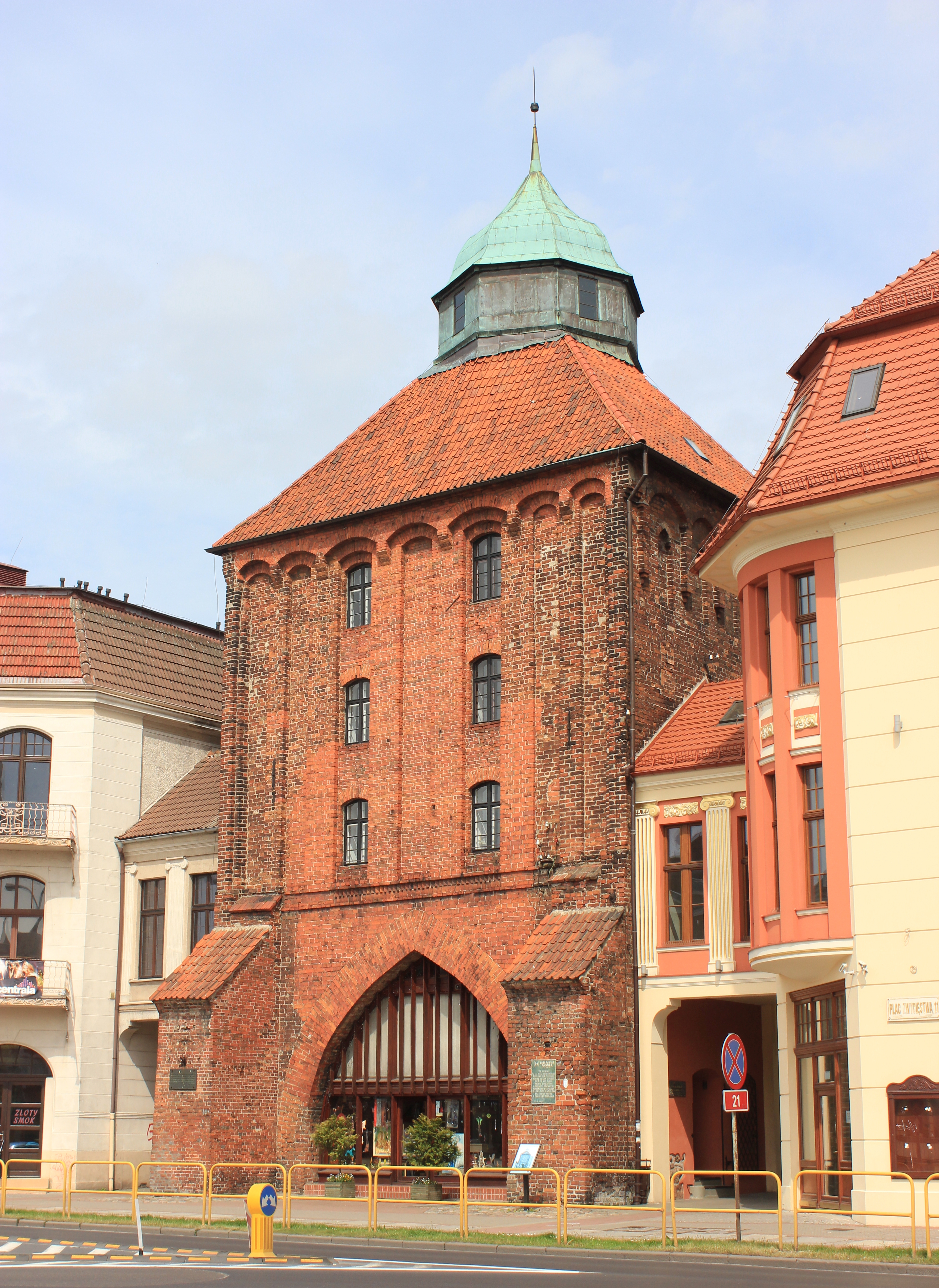|
Słupsk Castle
The Pomeranian Dukes' Castle () is a Renaissance castle located in Słupsk, Poland. History Built in 1507 during the reign of Bogislaw X in a Gothic architectural style. Between 1580 and 1587, rebuilt as a two-storey Renaissance building, with large windows and a decorated tower. The castle is located by the river Słupia, by a distinctive Medieval Słupsk gord. Nearby, is the location of the castle mill. In the sixteenth and seventeenth-century the castle served as the residence of the Pomeranian Dukes, the House of Griffins. The German lordship over the territory (from 1653) led to the decline of the residence. In the second half of the eighteenth-century, the castle was transformed into military barracks. After a fire in 1821, the residence was transformed to wheat granaries. After World War II, the castle was greatly renovated. Presently, housing the Museum of Middle Pomerania Pomerania ( ; ; ; ) is a historical region on the southern shore of the Baltic Sea in Cen ... [...More Info...] [...Related Items...] OR: [Wikipedia] [Google] [Baidu] |
Słupsk
Słupsk (; ; ) is a city with powiat rights located on the Słupia River in the Pomeranian Voivodeship in northern Poland, in the historical region of Pomerania or more specifically in its part known in contemporary Poland as Central Pomerania () within the wider West Pomerania (). According to Statistics Poland, it has a population of 88,835 inhabitants while occupying , thus being one of the most densely populated cities in the country as of December 2021. In addition, the city is the administrative seat of Słupsk County and the rural Gmina Słupsk, despite belonging to neither. Słupsk had its origins as a Pomeranian settlement in the early Middle Ages. In 1265, it was given city rights. By the 14th century, the city had become a centre of local administration and trade and a Hanseatic League associate. Between 1368 and 1478, it was a residence of the Duchy of Słupsk, Dukes of Słupsk, until 1474 vassals of the Crown of the Kingdom of Poland, Kingdom of Poland. According to ... [...More Info...] [...Related Items...] OR: [Wikipedia] [Google] [Baidu] |
House Of Griffins
The House of Griffin or Griffin dynasty, (; , ; Latin: ''Gryphes''), or House of Pomerania (see ), was a dynasty ruling the Duchy of Pomerania from the 12th century until 1637. The name "Griffins" was used by the dynasty after the 15th century and had been taken from the ducal coat of arms. Duke Wartislaw I, Duke of Pomerania, Wartislaw I (died 1135) was the first historical ruler of the Duchy of Pomerania and the founder of the Griffin dynasty. The most prominent Griffin was Eric of Pomerania, who became king of the Kalmar Union in 1397, thus ruling Denmark, Sweden, Finland and Norway. The last Griffin duke of Pomerania was Bogislaw XIV, Duke of Pomerania, Bogislaw XIV, who died during the Thirty Years' War, which led to the division of Pomerania between Brandenburg-Prussia, Swedish Empire, Sweden and Crown of the Kingdom of Poland, Poland. Duchess Anna of Pomerania, Anna von Croy, daughter of Duke Bogislaw XIII, Duke of Pomerania, Bogislaw XIII and the last member of the House ... [...More Info...] [...Related Items...] OR: [Wikipedia] [Google] [Baidu] |
Castles In Pomeranian Voivodeship
A castle is a type of fortified structure built during the Middle Ages predominantly by the nobility or royalty and by military orders. Scholars usually consider a ''castle'' to be the private fortified residence of a lord or noble. This is distinct from a mansion, palace, and villa, whose main purpose was exclusively for ''pleasance'' and are not primarily fortresses but may be fortified. Use of the term has varied over time and, sometimes, has also been applied to structures such as hill forts and 19th- and 20th-century homes built to resemble castles. Over the Middle Ages, when genuine castles were built, they took on a great many forms with many different features, although some, such as curtain walls, arrowslits, and portcullises, were commonplace. European-style castles originated in the 9th and 10th centuries after the fall of the Carolingian Empire, which resulted in its territory being divided among individual lords and princes. These nobles buil ... [...More Info...] [...Related Items...] OR: [Wikipedia] [Google] [Baidu] |
16th-century Fortifications
The 16th century began with the Julian year 1501 (represented by the Roman numerals MDI) and ended with either the Julian or the Gregorian year 1600 (MDC), depending on the reckoning used (the Gregorian calendar introduced a lapse of 10 days in October 1582). The Renaissance in Italy and Europe saw the emergence of important artists, authors and scientists, and led to the foundation of important subjects which include accounting and political science. Copernicus proposed the heliocentric universe, which was met with strong resistance, and Tycho Brahe refuted the theory of celestial spheres through observational measurement of the 1572 appearance of a Milky Way supernova. These events directly challenged the long-held notion of an immutable universe supported by Ptolemy and Aristotle, and led to major revolutions in astronomy and science. Galileo Galilei became a champion of the new sciences, invented the first thermometer and made substantial contributions in the fields of phy ... [...More Info...] [...Related Items...] OR: [Wikipedia] [Google] [Baidu] |


